All that we can't leave behind
I recently relocated and reorganized two storage units that contained the archives of my journalism, my astrology and my personal life. I was moved by the poignancy of these physical-world artifacts.
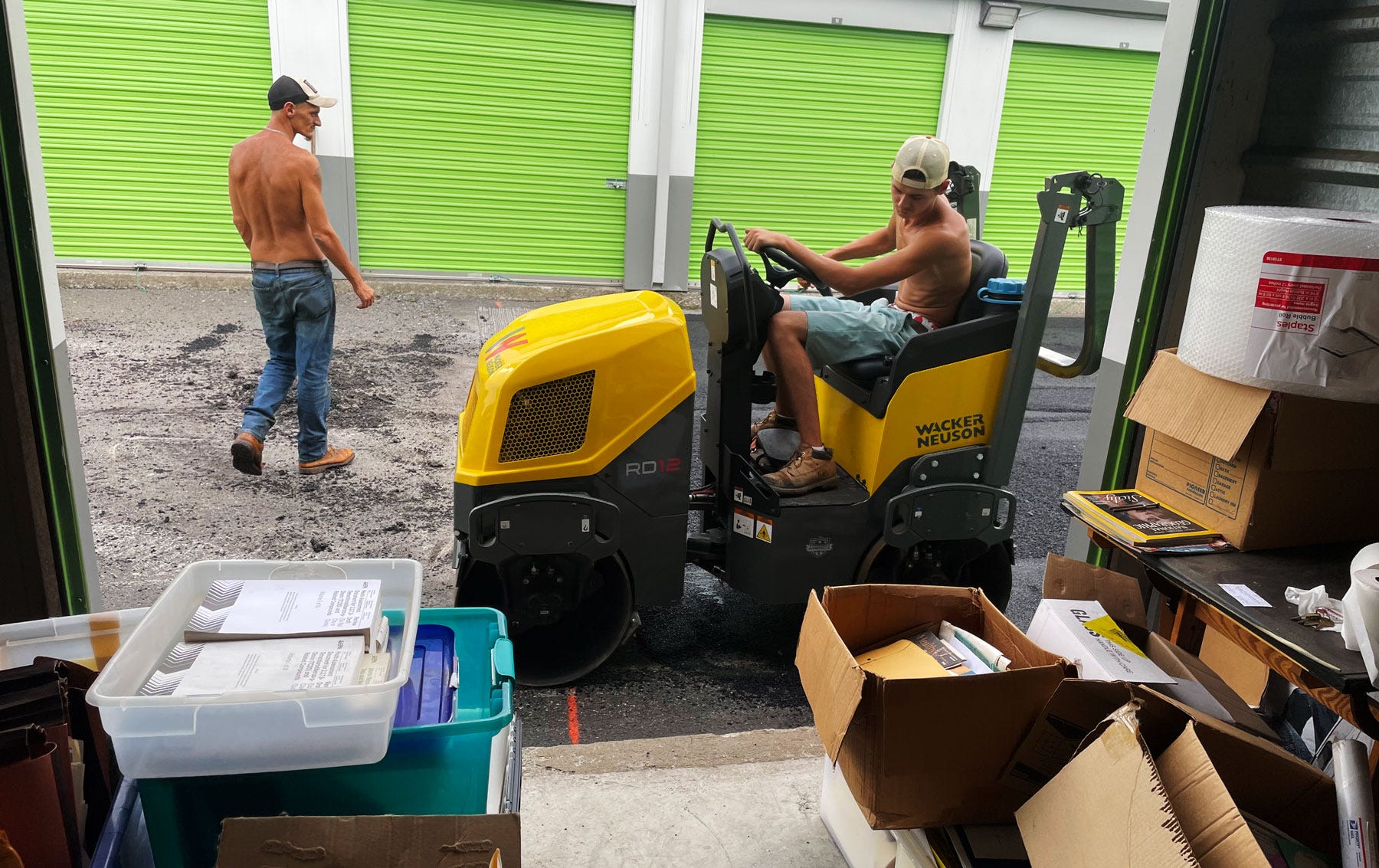
Photos & article by Eric Francis Coppolino
STORAGE UNITS ARE NOW A FIXTURE OF AMERICAN LIFE, and for many, one of its nagging banes. Many people have them in locations remote from where they live today, hoping to get back someday — such as close to their former homes. I’ve had a couple of those, the last of which (on Vashon Island) I closed in 2012.
Hardcore Burners (attenders of the Burning Man festival) keep units in Reno, Nevada, so they don’t have to schlep their gear across the country every year. Some people keep instruments and hold rehearsals in theirs. I am sure somewhere, people live in them. Get a few and you could rent a house for the equivalent funds.
Mine is now the property of a nonprofit organization I founded called Chiron Return. It serves the primary purpose of housing my vast journalistic archive and document collection. Plenty else made it in over the years. So much in fact that it took a few years to pare down the contents of a place called B29 to what I wanted to take with me to the next location.
Tires, futons, a bedroom set belonging to someone else, and much else went out over that time. In the last days, we filled many trash and recycling bags.
Finally, after a diversity of delays associated with “covid,” the new space I wanted finally became available, and it was time to get the show on the road. The destination was a brand new, cheaper, cleaner, happier, larger and more secure location.
The process of getting there involved re-discovering the beauty of physical objects. Actual material things come with a holistic sense of their existence, a history of weathering over time, and tangible aesthetic quality connected to them. They have inherent meaning.
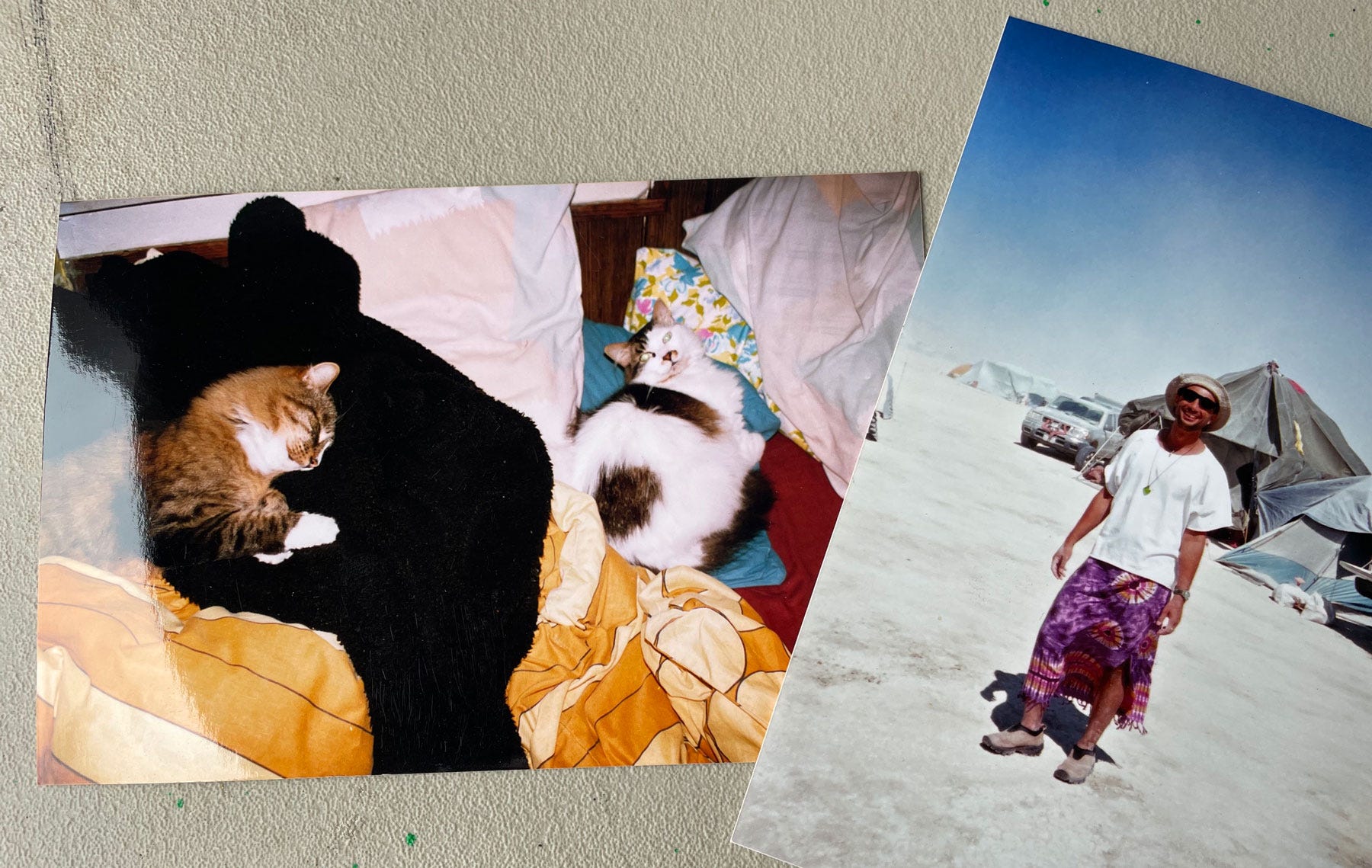
A Personal Archeology Project
I announced days I was working on the move by posting photos of archeological discoveries on Facebook. I viewed this as a scrapbooking project. On a large table set up with D-ring binders, sheet protectors, scissors and tape, I selected the very best of what I wanted to take with me.
As I opened each box or binder, palpable memories came back to me, contained in physical objects like cannot be held in the form of data. In fact most of the contents of my new little warehouse could be reduced to a disk drive the size of a thimble. But it’s not the same thing. There is no dust, no sense of history, no sense of time passing.
My main objection to the digital realm is that it denatures everything, stripping it from access by the most tactile senses — touch and scent. There is no texture to anything digital. And now most people read on a tiny screen that is a visual strain.
In going through my documents, I recognized that my whole approach to digital has been about trying to preserve some of the richness of the physical world. It’s not easy, with pretty much everything being flattened to email, some kind of screen display, or a social media post.
Of my documents, I consider photographs the most precious. Real pictures are not .jpgs, .gifs or .pngs. They are mini (or large) works of art. And I have a few. Photography has been a part of my life since I was a child. Every significant other I’ve ever shared time with has been a truly excellent photographer (I have Venus closely conjunct the asteroid Photographica in Taurus, which says it all).
A Pretty Good Weekend in Vegas
As a photojournalist, I document pretty much everything I experience (there are some conscious exceptions) and especially all that I report on. Including some haircuts. Many of my old photos are not quite organized yet; they are in little packets, mostly contained in sheet protectors, and are like an endless tarot spread of my life. Open a box or binder and you never know what might be waiting for a new look.
Two lawyers who taught me a lot are in the photo above. One is Paul E. Merrell who was chief of discovery in the PCB lawsuit Nevada Power vs. GE, Westinghouse and Monsanto, and his associate counsel, Roberta (Bobby) Straub, who in addition to being a document specialist is a bit of a stylist. Bobby and I once had a picnic in the Nevada desert right next to an actual Joshua tree.
Many of my early documents were the gift of Paul Merrell, along with hours of tutoring about their nature, meaning and historic relevance. While in Las Vegas, my limit was 10,000 copies (renewable). I probably came home with about 5,000.
Bobby, whose whole life was handling and processing discovery productions, taught me a few things too.
A Westinghouse Experience
She was once part of a plaintiff’s team sent to a court-ordered document production by defendant Westinghouse in one of its facilities somewhere. Discovery is where the lawyers suing a company get to collect copies of documents that will help their case. Westinghouse provided these enemy lawyers a room without windows, with the heat turned up to the max, with no water and no chairs — just a little toaster with a table and boxes of documents.
In this fit-for-science fiction scenario, not everyone inside Westinghouse was against them. One particularly vexing document turned up, called the “Bair-Bickerstaff Memo.” It was an evidence destruction plan co-written by a company attorney and industrial hygienist.
Check the last sidebar here (“Where There’s Smoke”) to see just what they found dozens of copies of — several copies in every carton. That very document was later ruled by a Texas judge to be “a plan to commit fraud on the courts of this nation.”
Whichever Westinghouse lawyer prepared the document production did not want opposing counsel to miss it, so they left it on the copier for a while. The document admitted that Westinghouse had a plan to shred all of the voluminous “smoking gun” evidence that it had knowingly harmed its own employees with its PCBs and dioxins.
The beauty was that Bobby didn’t just hear about this: she was there, and I heard it from her. Then I got my very own copy, and other supporting documents, and got to write about all of it. To me, nothing less feels like journalism.
Then There’s Monsanto
I have many documents in the PCB and dioxin genre, probably half a ton. All of them have been scanned and exist in multiple online locations and document clouds. I have chosen to keep paper copies so that someone somewhere has them. The lawyers who litigated these cases are retired or deceased. Many documents ended up in recycling when their collectors could no longer handle them.
Shown above is one of my faves — Monsanto’s classic, the “Pollution Abatement Plan” (really more of a liability abatement plan) proposed three options, with charts showing their potential profits and liabilities. Should Monsanto "Do Nothing," profits would likely decline and liability extend into the future. "We cannot deny the findings and the accusations of various agencies," the plan said. "If we took no action we would likely face numerous suits."
Under the "Discontinue Manufacture of PCB" option, profits would cease and liability would soar because "we would be admitting guilt by our actions." So Monsanto devises a strategy to conceal the reality of the situation and dodge liability for their actions — the very things they specialize in.
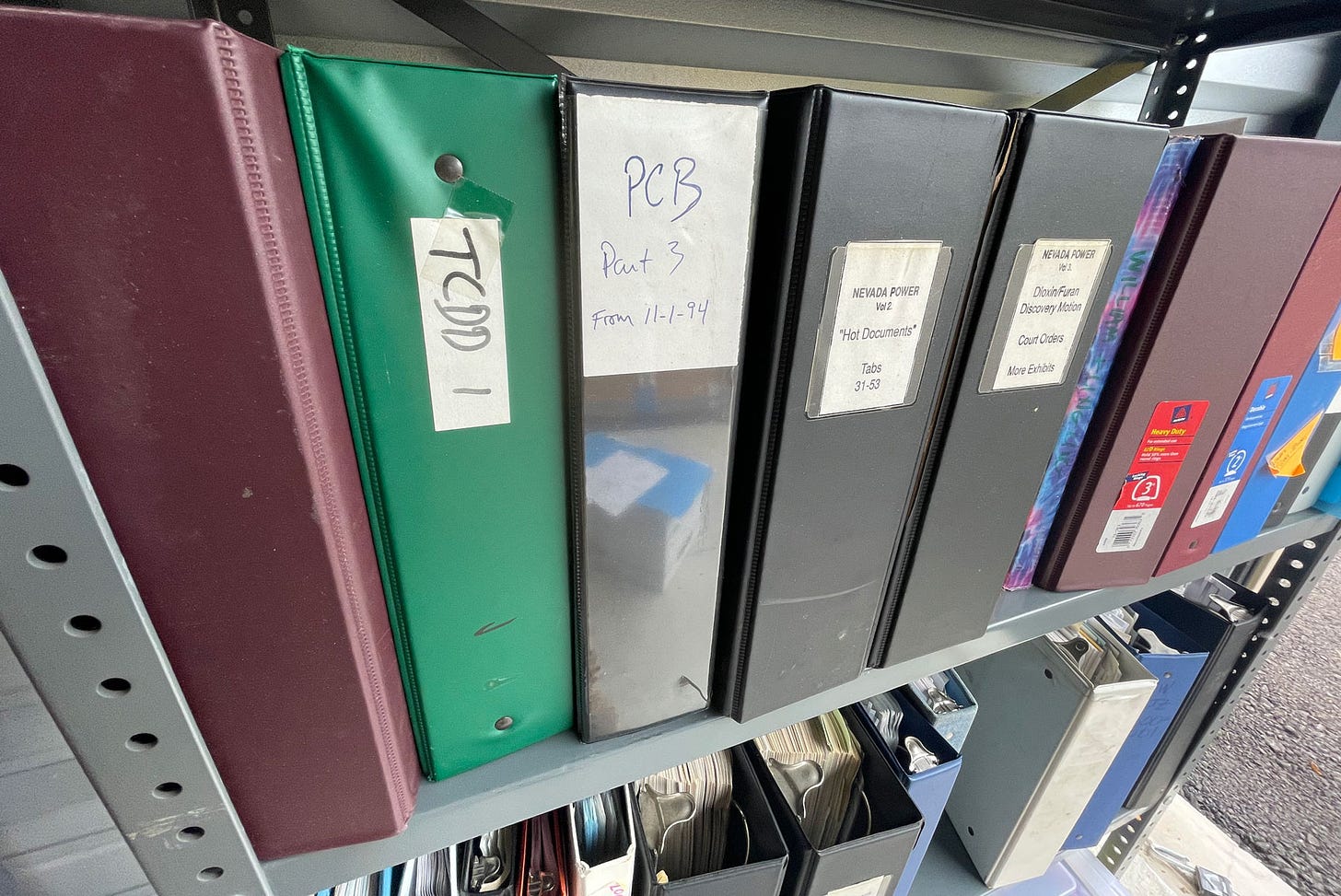
Frances Kemner vs. Monsanto
Some of my documents are in binders. Some are in cartons. Some are in files. Among the ones in boxes are a set of documents from the lawsuit Frances Kemner vs. Monsanto, from around 1980. This is probably the most famous dioxin case in history, and nobody except the lawyer, judge and jury has heard of it. It’s the case that produced a document called The Kemner Brief, which you may read about here and here.
Among the boxes in documents are the trial transcript of the entire Kemner case, which involved a dioxin spill resulting from a train care accident in Missouri about 43 years ago. I’ll share one last photo from the dioxin files — a box containing part of the trial transcript and some of the discovery production.
The trial transcript goes on for many boxes, and the discovery documents could fill a tractor-trailer. I have a portion of the collection, not the whole thing. Many have been lost to antiquity, though a very large portion was scanned and put online in a Chiron Return project called The Gemstone File.
You may support this one-of-a-kind document archiving and preservation project by becoming a paying subscriber of this Substack, or by making a direction to its publisher, the nonprofit Chiron Return.
Monsanto and its Dioxin Problem, in Lysol and Everywhere
You find out many astonishing things reading the record of this case, including how for decades Monsanto shipped out Lysol “disinfectant” contaminated with dioxin, while telling its customers to use the chemical to wash their dogs and toys played with by children, all to kill supposedly harmful bacteria.
For many years, Monsanto shipped out every chrlorine-based product contaminated with dioxin or closely-related dibenzofurans, even though removing them would have been cheap and easy.
This is documented in the record of the Kemner case, which also documents a series of fraudulent studies created by Monsanto and planted in various medical journals. These all claim to exonerate dioxin of being a harmful compound. You may read about those fake studies in this article.
Those fraudulent studies helped create the impression that dioxin is perfectly safe when all of the legit science goes the other direction. This closely realted memo by an honest EPA scientist is astounding. I have additional coverage here.
These dangers apply to PCBs, which are considered dioxin-like compounds. The problem does not stop htere. The issue of hormone pollution persists in many forms, from legacy chemicals to every bite of food that comes wrapped in plastic. And it includes Roundup (glyphosate), which is toxic in a wide diversity of ways, including its danger to the gut biome (the immune system) and the male gonads (relating to essential fertility in men, now at an all-time low).
Corporate media no longer touches these issues. It’s as if they don’t exist. Perhaps that’s because General Electric is NBC and MSNBC, Westinghouse is CBS, and newspapers are all dioxin producers (due to the bleaching of paper, less of an issue today but it’s served well for a century).
So it is up to independent media to keep this issue in public awareness.
I First Discovered These Issues on a College Campus
The PCB and dioxin issue for me began covering an in incident at the State Univesrity of New York at New Paltz. I have not said much about that; I have all the documentation on paper and the clippings are in a digital archive that will soon be recreated on a modern website.
The PCB and dioxin issue got a moment of prominence thanks to my covering it and the directly related history of PCBs for Sierra. The only aticle of its kind appeared on their pages in the autumn of 1994. My articles were also published by The Las Vegas Sun, The Ecologist, The St. Louis Journalism Review, Lies of our Times, Woodstock Times and a few other times, including receiving coverage multiply in The New York Times.
In 2021 I served as an expert witness in a wrongul death case associated with the campus. There are very few expert witnesses qualified to testify about the history of PCBs. Many can attest to the dangers, but very few to the historical record as documented.
Okay enough Debbie Dioxin Downer and Polly Biphenyl. Let’s move along from the corporate conspiracy to contaminate the world to happier topics.
The Box
Here is a physical object: my first computer, the service life of which spanned from my coverage of higher education starting in 1989 to my first horoscope column in 1995 (and many subsequent horoscopes, with lots of toxins investigating in between).
It gets a place of honor in the archive — on a very nice shelf. It was a gift of my godmother Aunt Josie, who was one of the people who believed in my journalistic talent and did whatever she could to support my mischief.
Specs: color monitor; 16 MHz clock speed, 1 mb maximum RAM, 40 mb hard drive, cost $5,000 in 1989 dollars, after the educator discount. That’s about $11,000 today.
Getting High on Higher Education
I mentioned that I covered higher education. Mostly this came in the form of Student Leader News Service. In 1989, organized a network of student newspapers across New York’s public colleges and universities. We distributed news to student publications, provided the newsletter above to student government leaders, unions and organizations.
Student Leader was fiercely in support of students determining their destiny, and keeping the part in university governance they earned in the 1960s and 1970s. We were the first-ever service to provide coverage to student newspapers of the state legislature, the governor, the central administrations of both public university systems, as well as various student efforts, activism, strikes, and much else.
We distributed most of our copy by mail — snail mail — as email was not even a word anyone knew. We would send our our content Friday afternoon, and it arrived on campuses Monday. It was then re-typeset and put into the student papers that week. We would also fax breaking stories and we even set up and hosted a bulletin board service that only one campus used (with a 5K-baud modem, considered screaming hot at the time). The word “internet” was first used in 1984, but we didn’t know about it.
Student newspapers from across the system (especially Pipe Dream at SUNY Binghamton, Albany Student Press at SUNY Albany and Statesman at SUNY Stony Brook) provided funding and correspondence. We worked closely with Meridian at Lehman College, Spheric at Hunter College, and were BFFs with the City College of New York (CCNY) undergrad student government. At the time, there was a vibrant culture of student publishing at public universities across New York City and New York State.
You would be astounded the passion and commitment I put into this endeavor, and how much energy I was able to focus into between 10 and 20 articles a week. Sometimes we reached 100,000 students when a big story ran across the campuses. The New York Times was among the many mainstream newspapers to acknowledge the quality of our work.
Times education columnist Mike Winerip wrote, “In 1989, as a graduate student here, he founded Student Leader News Service, covering the state and city university systems. It was really just Mr. Coppolino, a computer that his Aunt Josie bought him and three buddies who worked the phones in exchange for a place to sleep. They did good journalism. Mr. Coppolino was one of the few people not on the state payroll who understood the budget.”
From the Front Page to the Horoscope Page
In 1995 I began my horoscope column as my first foray into the professional astrology field. Inspired by Patric Walker (1931-1995), I wrote for two of the London tabloids that had once printed his column — the Daily Mail and the Daily Mirror.
I’ve never written for the New York Post, where I discovered Patric — though his devoted student and successor Sally Brompton has considered tapping me as her vacation stand-in. However, I suspect she works ahead when she wants to take a break. If you write 30 horoscopes a month, it’s not so hard to write 40.
The photo above is a few years into my astrology career — it’s a press kit for Planet Waves from our days on Vashon Island, Washington.
Even in the early part of this century, it was effective to distribute information printed on paper. It has texture, actual colors, a scent, a hand-written monogram, and is designed to be something to keep because it is so beautiful. Today, you can only imitate this on the internet. There are no textures in the digital environment, only data and pixelated images.
To convey feeling and form rather than just to convey information is something I work every day to do as part of designing, writing and editing Planet Waves. Nothing quite matches the feeling of reading a horoscope in a newspaper or magazine. One reason i like audio so much is that it’s possible to step away from the device, light a candle and get under the covers and listen to my voice in peace.
Here are a few of my business cards from various points in my career. The green one to the top right was during my brief stay in Greenwood Lake in Seattle, where thankfully I only lived for a month. From there, my next stop was London, where Jonathan Cainer sent a car to fetch me at Gatwick Airport, in an effort to get me into his job at the Daily Mirror, which he was vacating. I ended up staying in England and then Europe for more than three years.
In 1995 I had the good fortune to meet Betty Dodson. Actually, I sought her out when I had a client I knew would benefit from her help. We became fast friends, right from the first phone call, and I did her astrology from when we met to shortly before she departed the planet in 2020.
Sorting out B29, I found box after box and binder after binder of client charts — thousands of them, marked like this, some elaborately, with pages of notes about their Chiron transits. Most of them were from the first 10 years of my work as a consultant.
Looking through these, I was astonished by the depth and care that I put into each consultation project. I have not turned up my photos of charts with 50 asteroids and centaurs drawn in my hand. I am sure they will manifest some time soon.
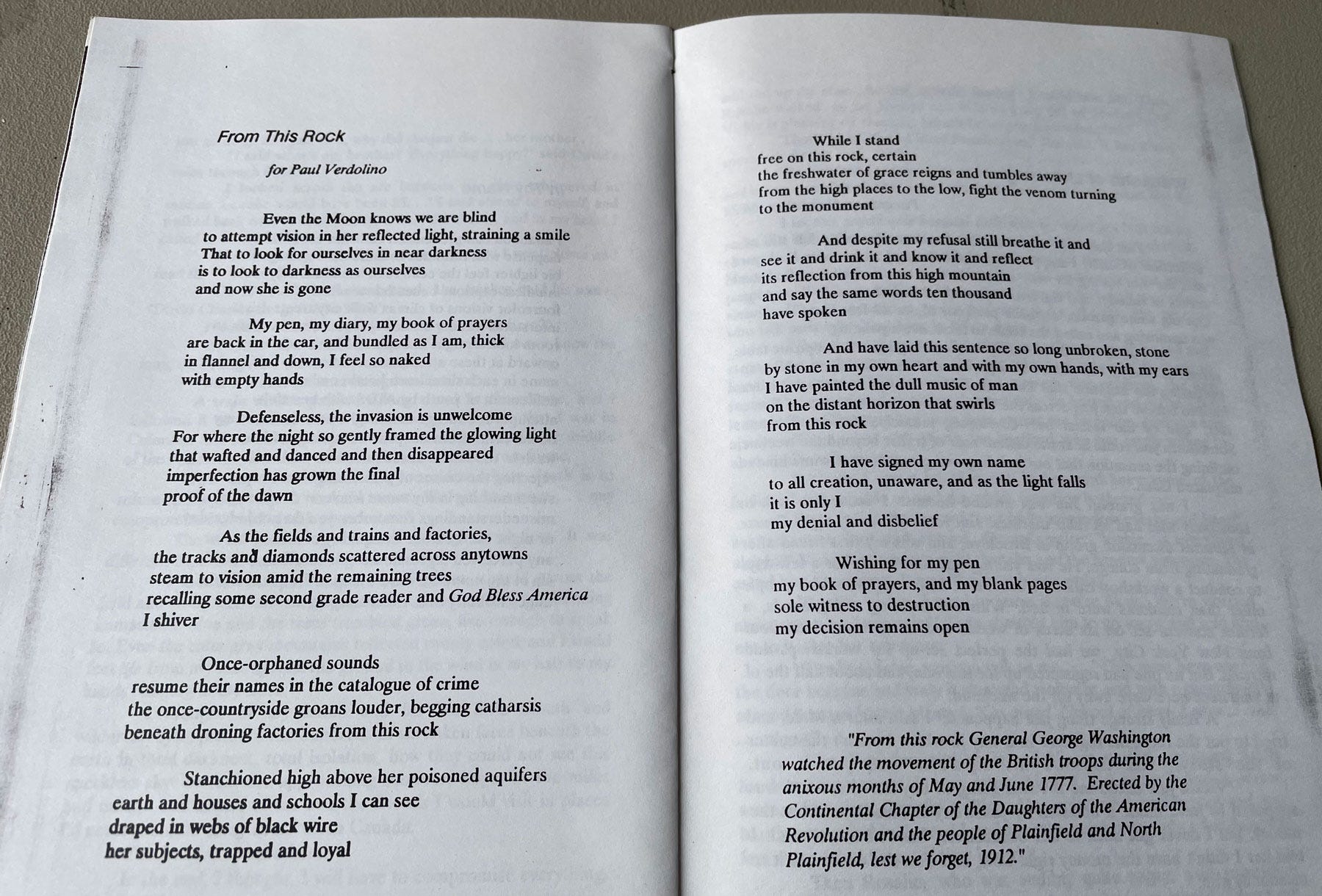
When Every Word Counts
Most of my training to write horoscopes came from my writing of poetry, between about 1986 and 1996. I published four small volumes called chapbooks in the late 1980s. Poetry taught be how to write every syllable, word and line with intention. Poetry taught me to listen to the music of language and write as a composer.
Most of my poetry is kept with me at home, though there are many small and large caches that deserve to be considered, typeset and re-issued. I recorded many of my favorite poems (during my work with Vision Quest in recent years) and will play those recordings on future editions of Planet Waves FM.
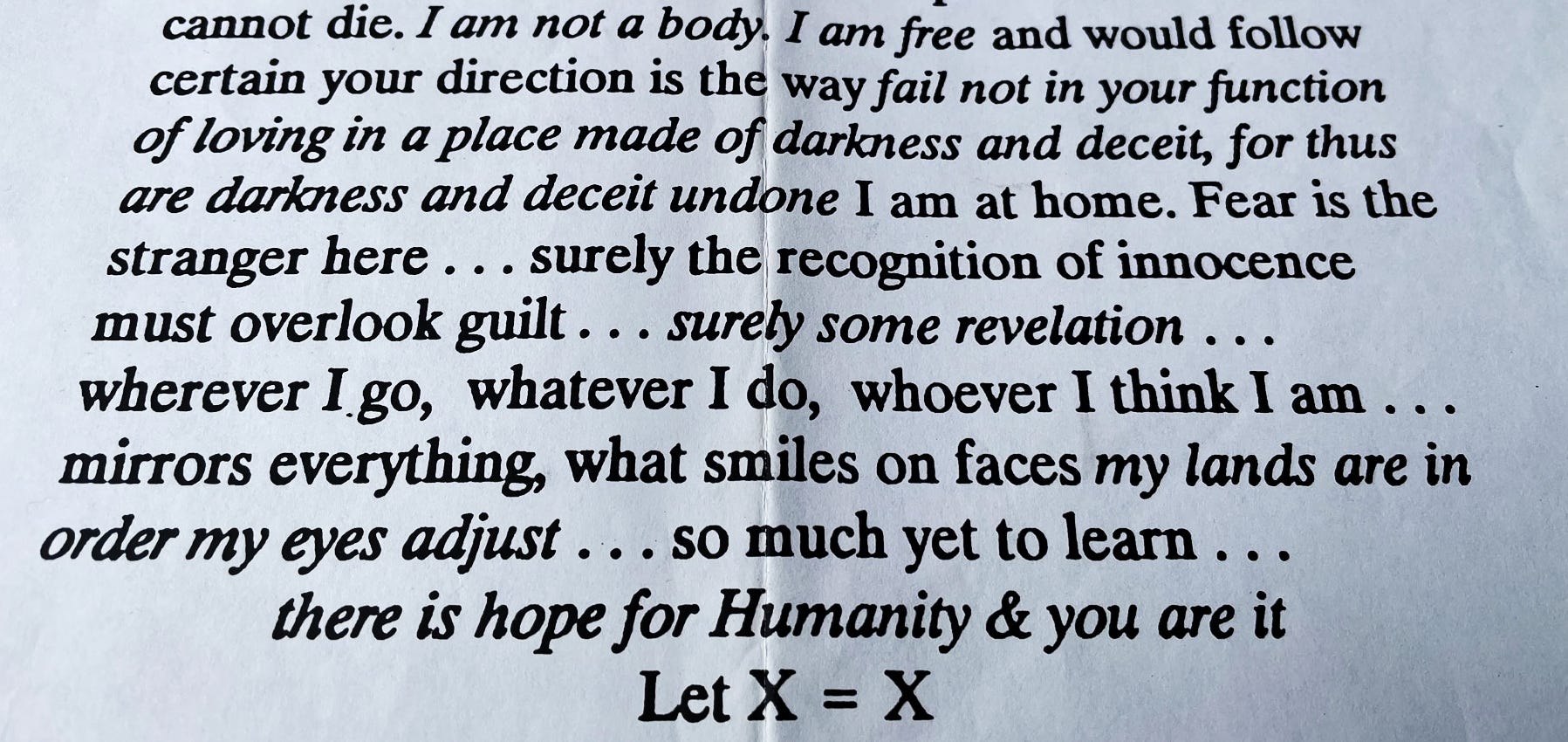
A Workspace and an Archive
The new space I’ve created is designed as a combination workspace and archive. I am eager to learn as much as I can from my own document collection. However, I got a look at some missing elements — I would be happy to soak in more poetry and I love considering and photographing these old photos.
One of the things that creating Planet Waves opened up for me was the space to write journalism with feeling, texture, personal relevance and artistic nuance — unlike most forms of conventional investigative reporting.
I still try to do that with a bit of poetry and texture; with sound and feeling, and always with love, and as much faith in humanity as I can muster up at any given time. It is all the story of the world.
My take-away from this process of creating a space for my archives is observing my sense of respect for the work that I have done and plan to do. While I have not won a Pulitzer or published bestselling books (yet), I seem to believe that my work will have a legacy or at least some lasting value and is therefore worth keeping. And that legacy needs to exist in physical form, if only as proof its existence.
The documentation from the files of Monsanto, Westinghouse, GE, Dow Chemical, the EPA, the FDA and other agencies is crucial to the teaching of journalism; and it’s part of the official record of humanity. And at the moment, I am its keeper.
You may support this project by making a donation to the nonprofit Chiron Return.




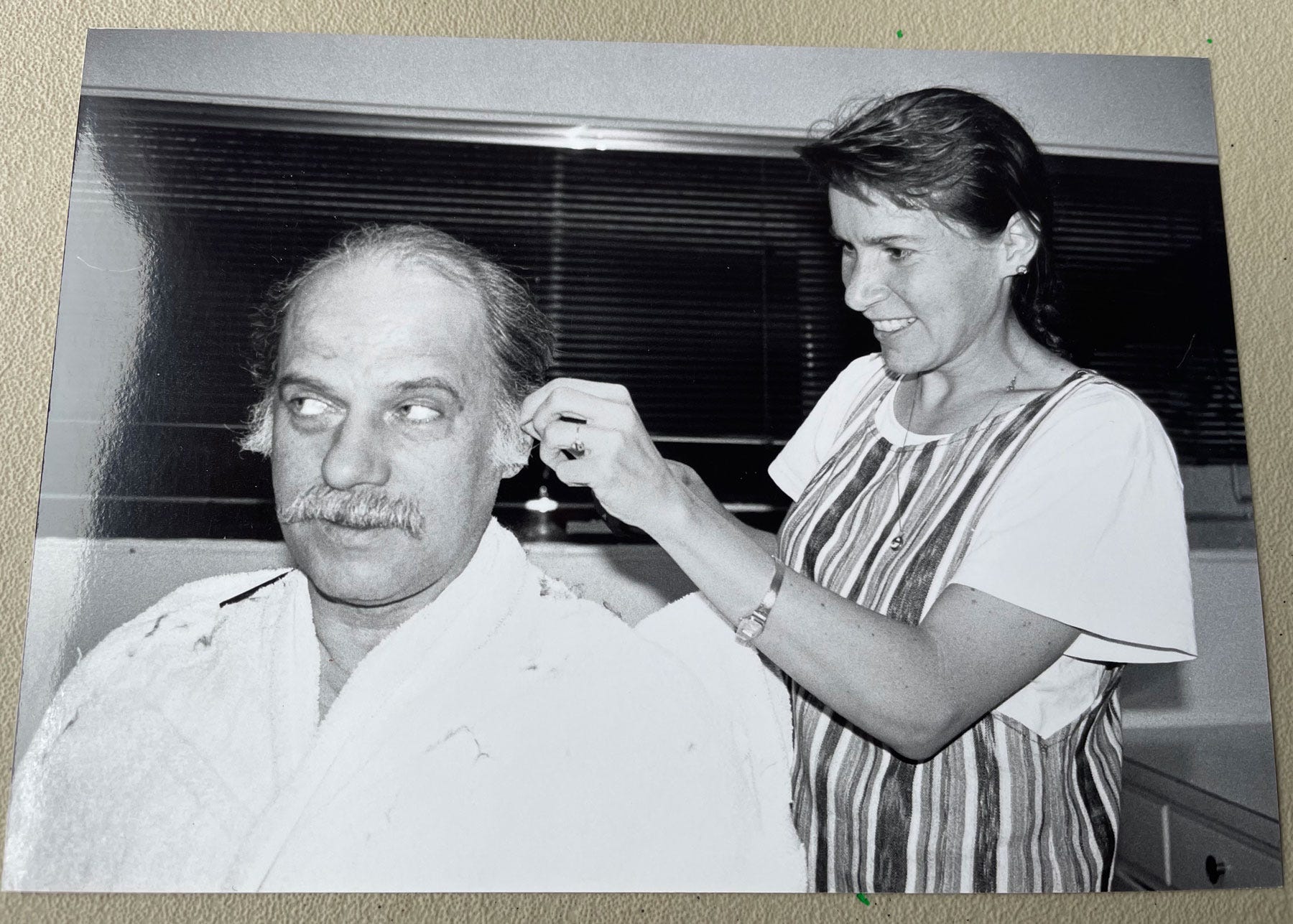
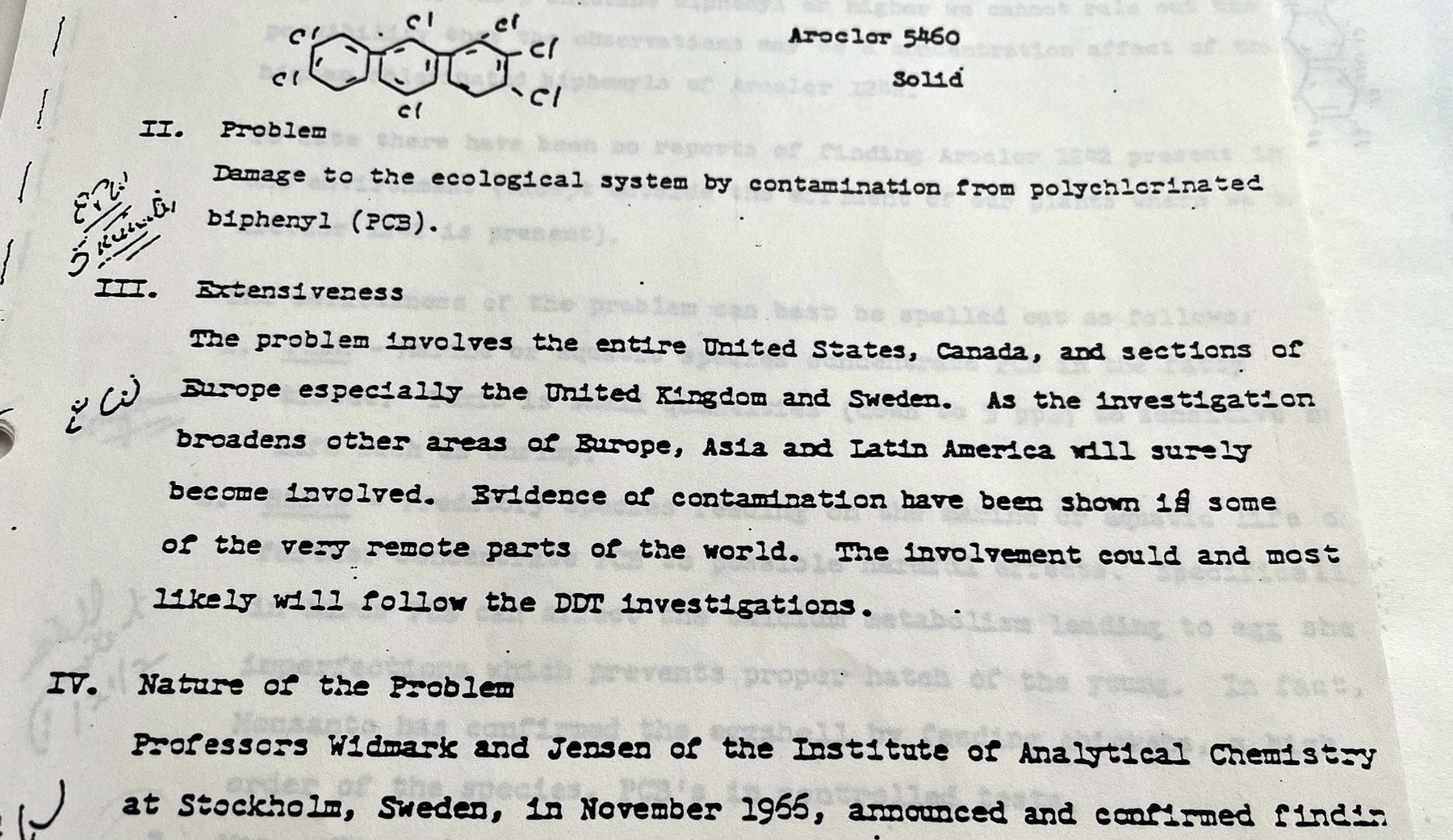
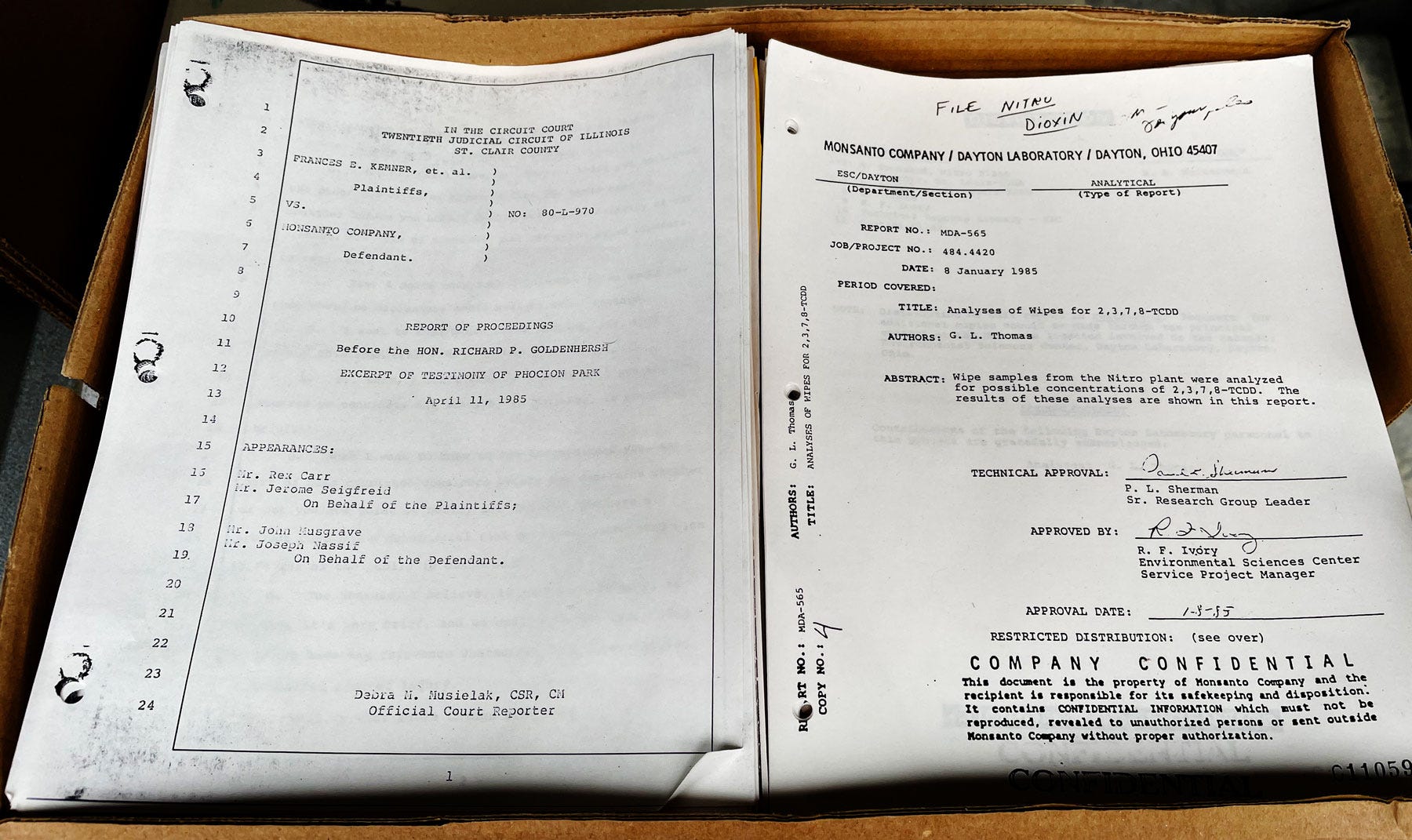
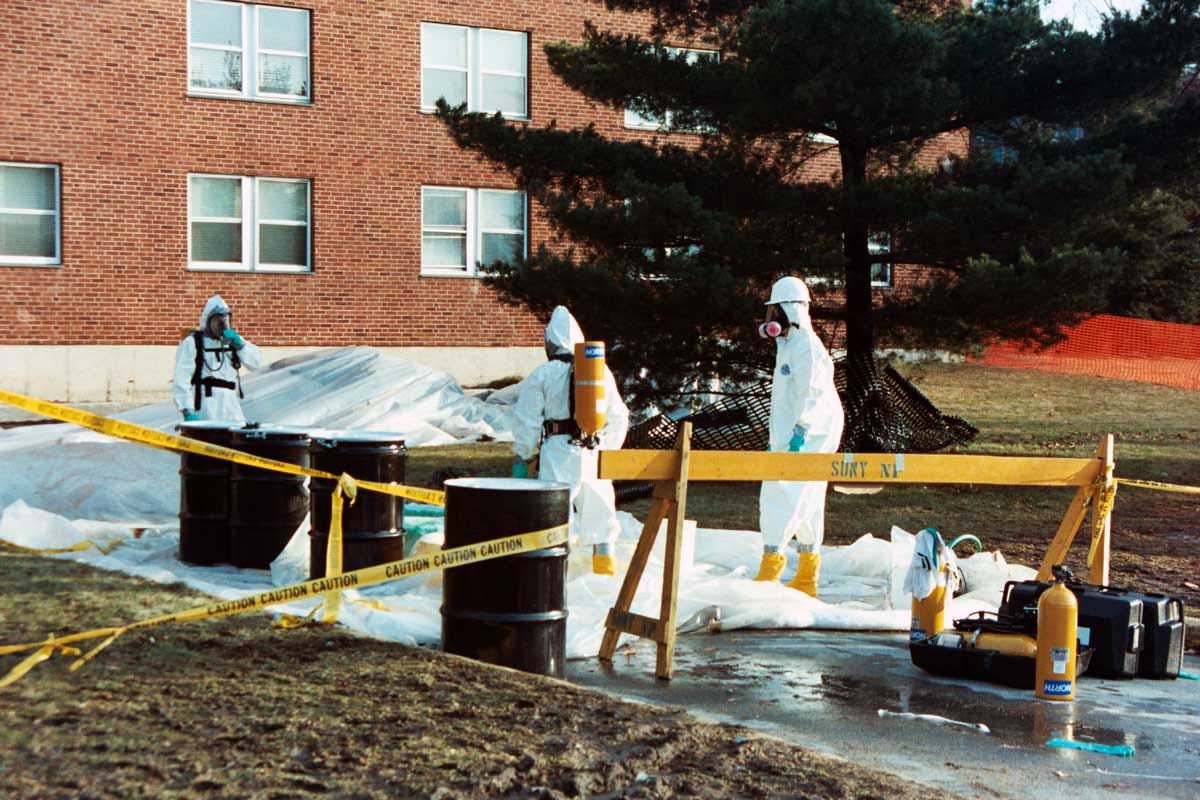
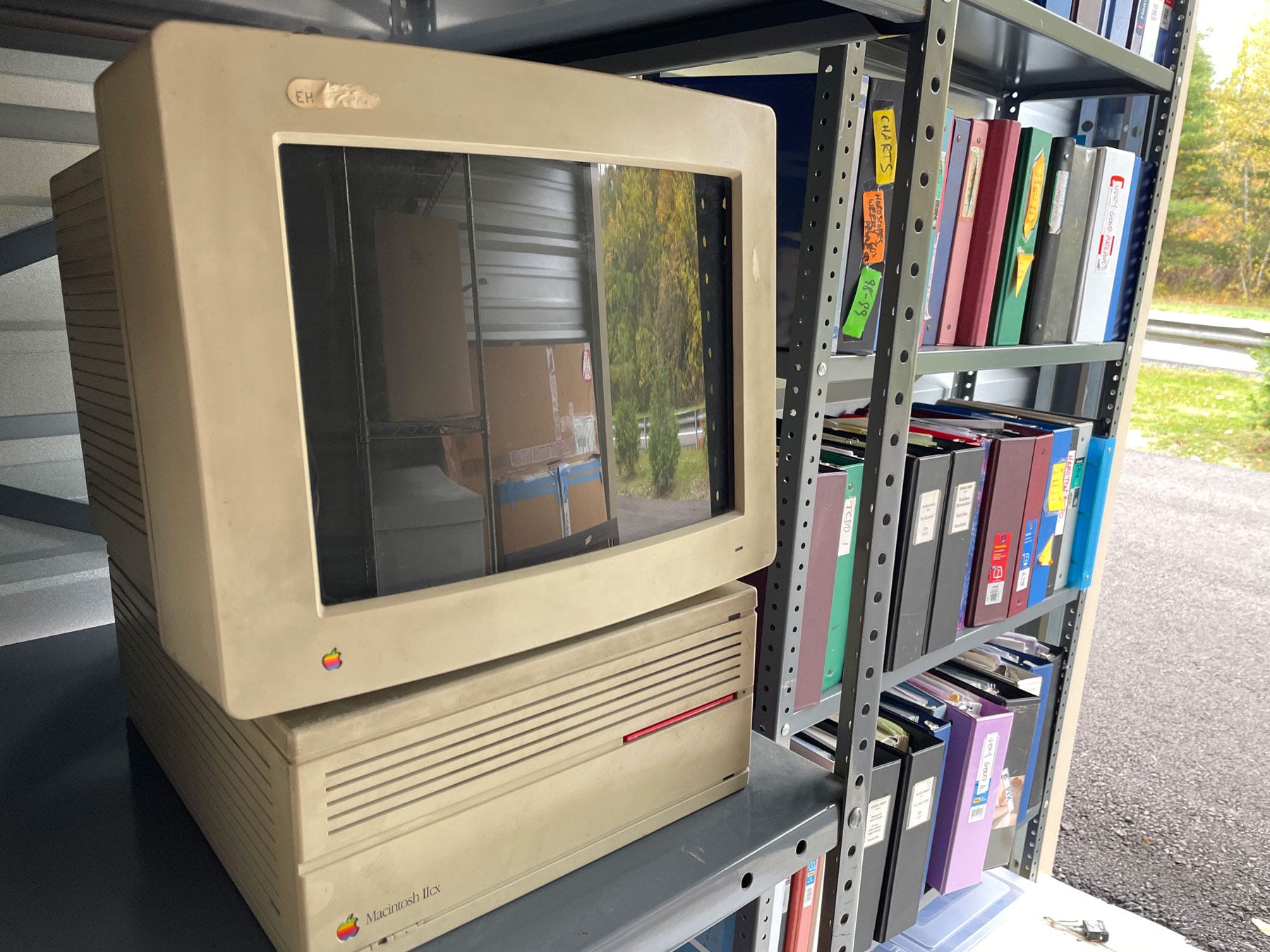
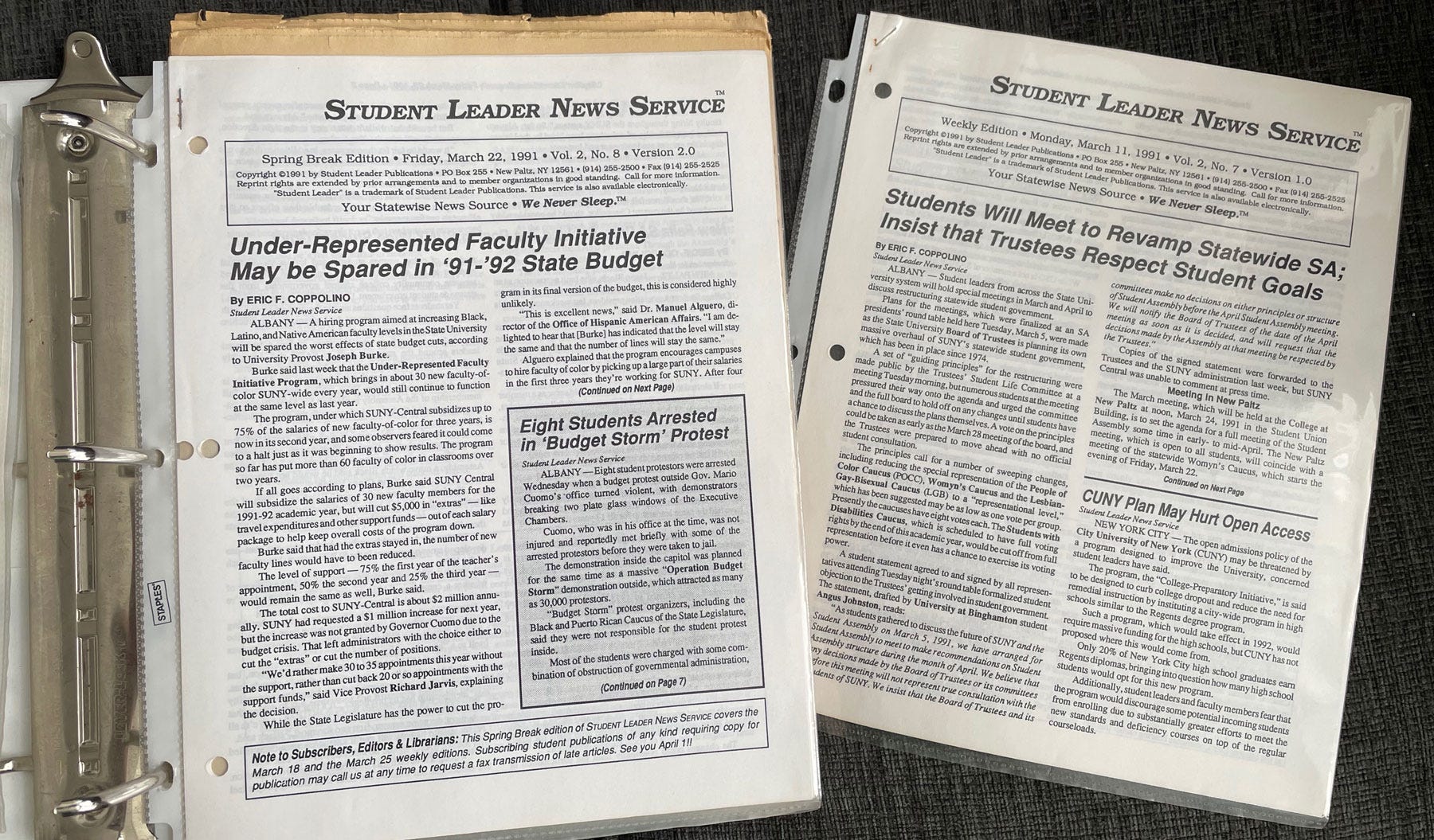
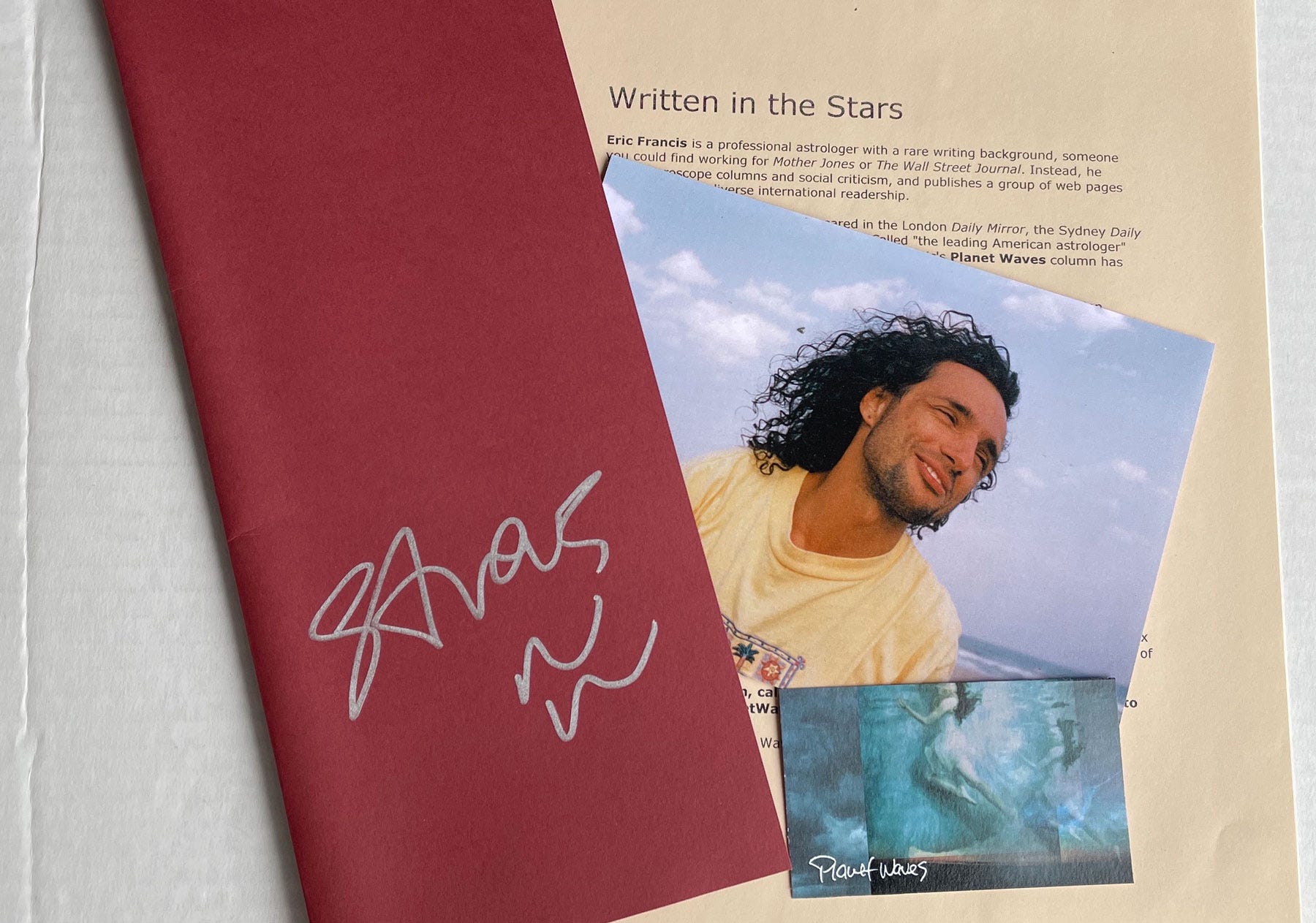
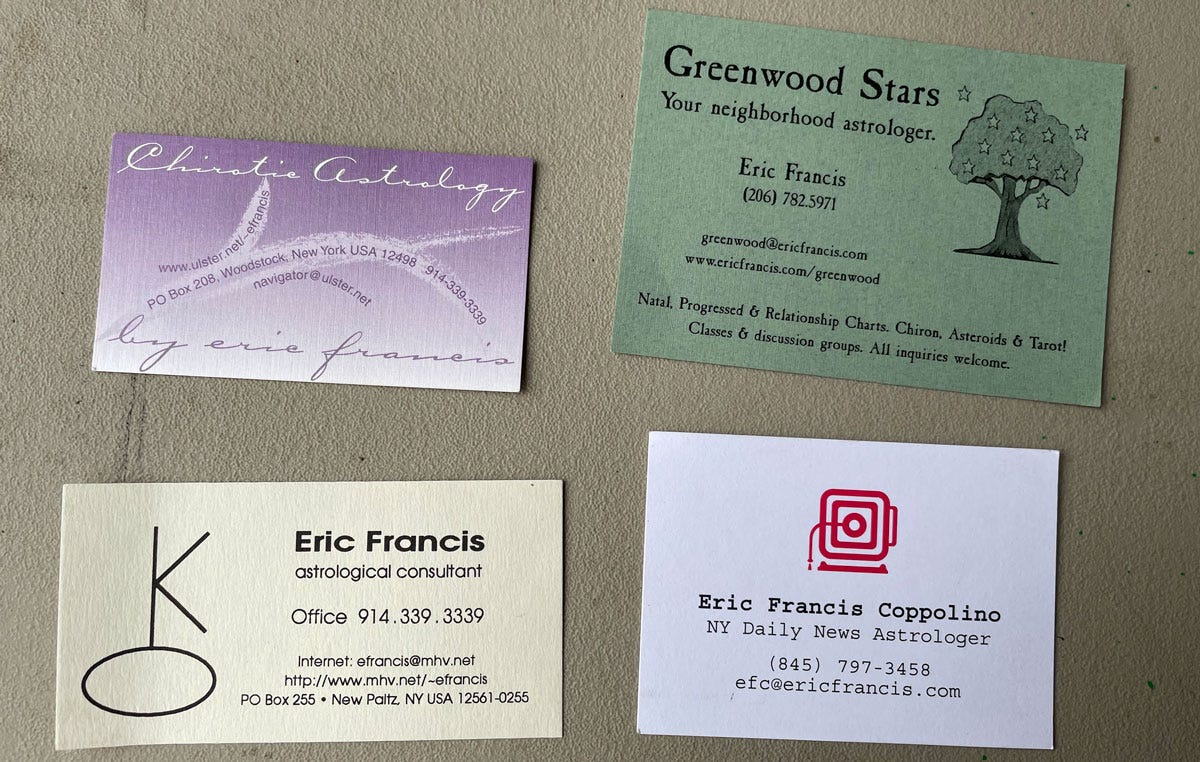
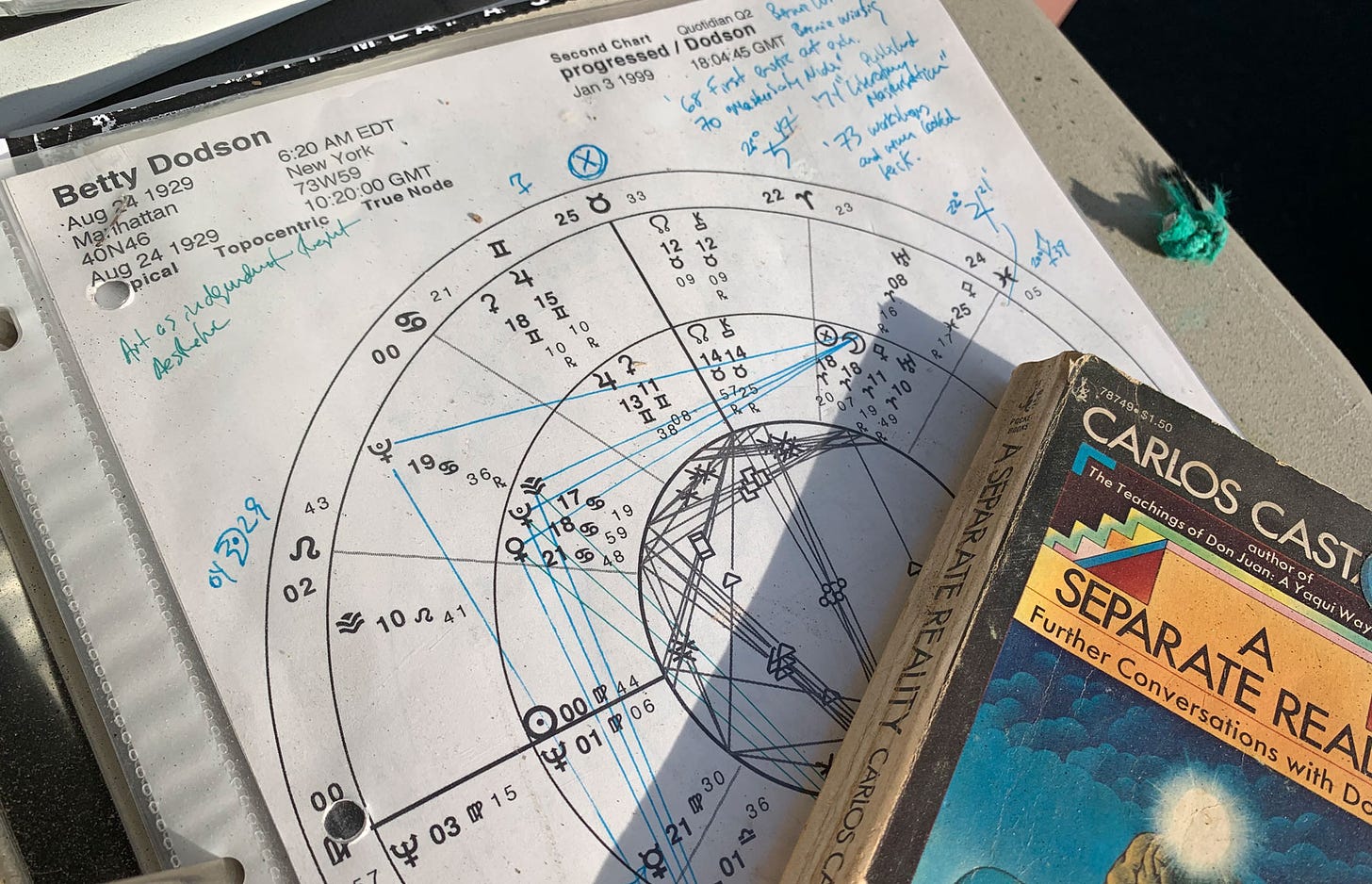

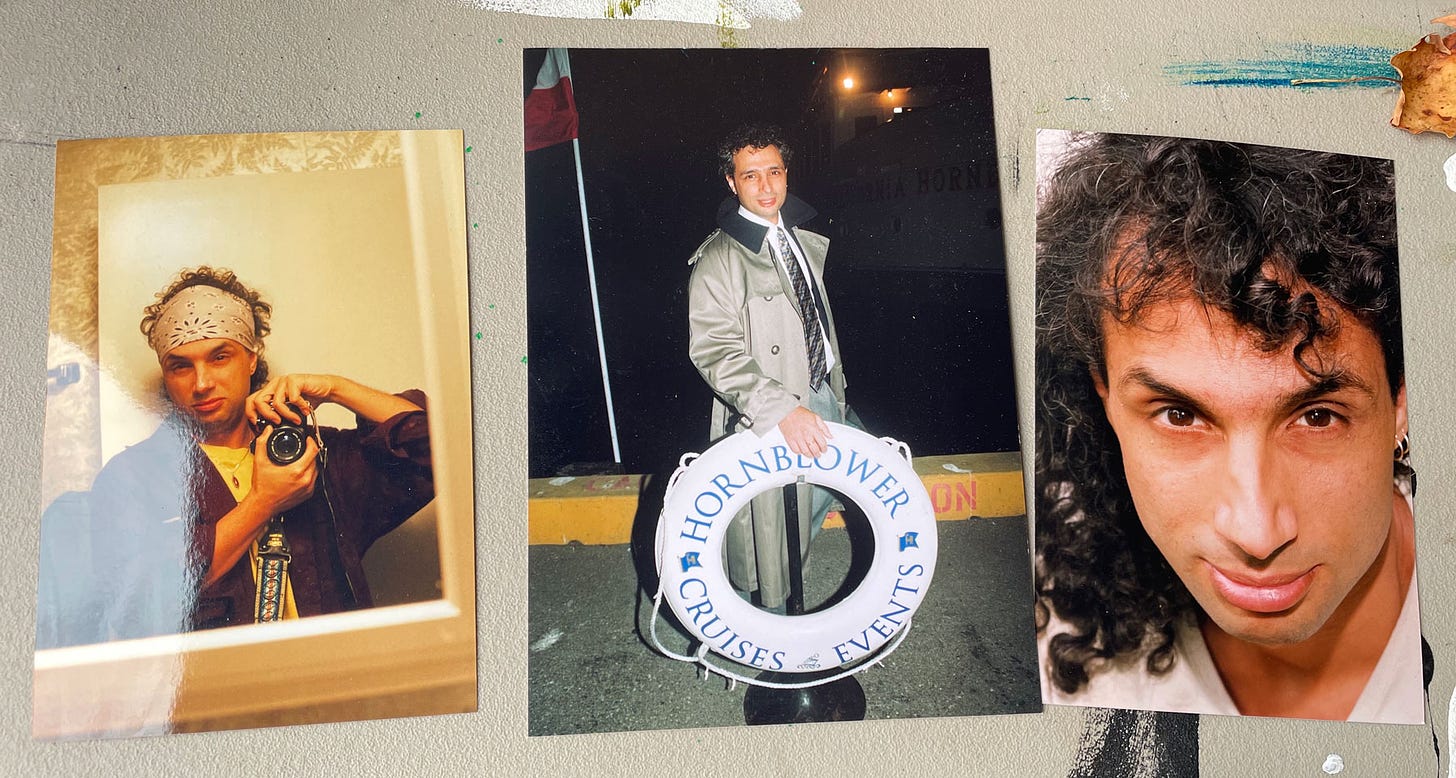
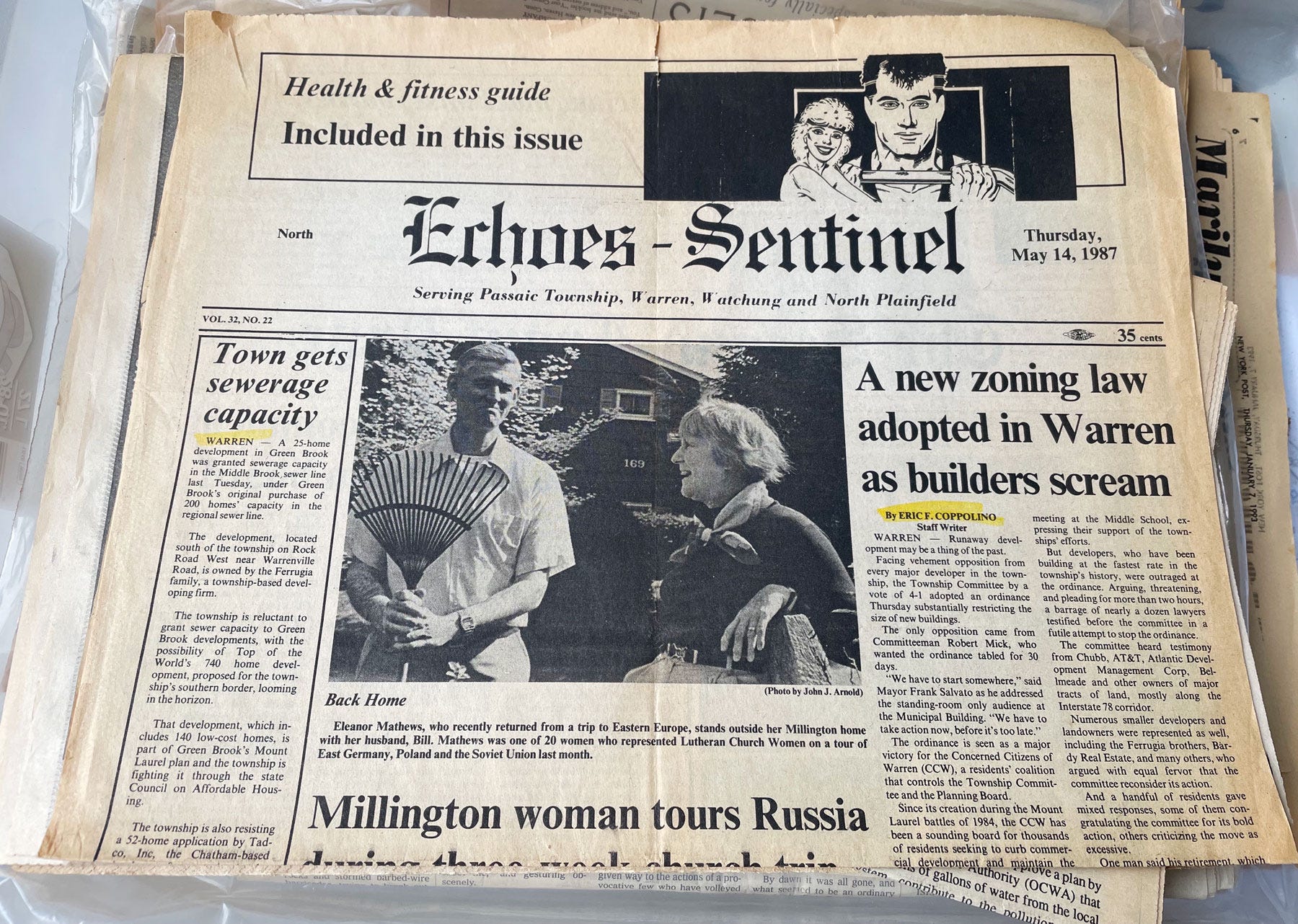
Great files. My collection has been reduced to a single filing cabinet. I had boxes of yellowing newsprint, articles i used to cut out of papers and magazines. Not aged well, either the information or the material, and i was lacking space after my landlord deemed nothing could be stored in our building's ....storage structure except what could fit on a few narrow shelves. Love that 2002 photo and the other graphics.